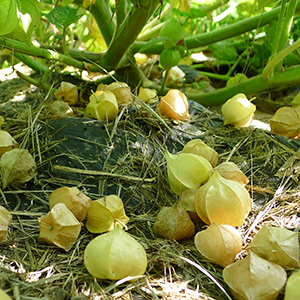
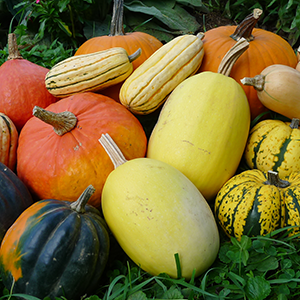
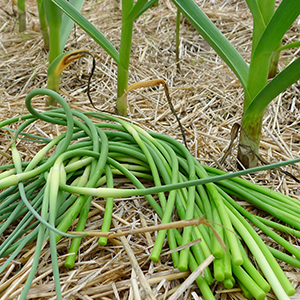

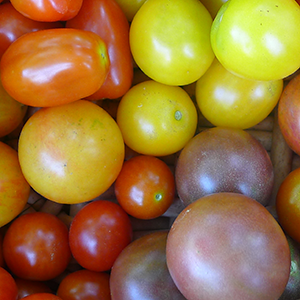
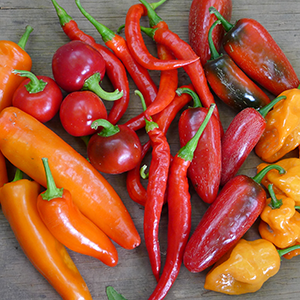
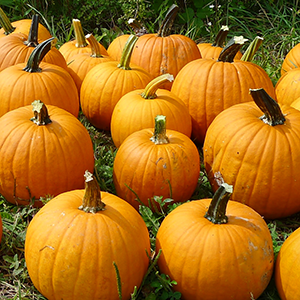



Okra
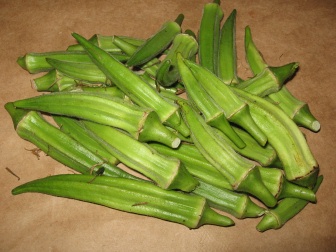
Okra (also known as gumbo), is a tall-growing, warm-season, annual vegetable from the same family as hollyhock, rose of Sharon and hibiscus. The immature pods are used for soups, canning and stews or as a fried or boiled vegetable. The hibiscus like flowers and upright plant (3 to 6 feet or more in height) have ornamental value for backyard gardens. Okra is a powerhouse of valuable nutrients. Nearly half of which is soluble fiber in the form of gums and pectins. Soluble fiber helps to lower serum cholesterol, reducing the risk of heart disease. The other half is insoluble fiber which helps to keep the intestinal tract healthy decreasing the risk of some forms of cancer, especially colorectal cancer. Nearly 10% of the recommended levels of vitamin B6 and folic acid are also present in a half cup of cooked okra.
Storing / Preserving:
Refrigerate unwashed, dry okra pods in the vegetable crisper, loosely wrapped in perforated plastic bags. Wet pods will quickly mold and become slimy. Okra will keep for only two or three days. When the ridges and tips of the pod start to turn dark, use it or lose it. Once it starts to darken, okra will quickly deteriorate. Freezing is the best method for long term home storage of okra. Freeze only young, tender okra. Okra must be blanched before freezing, as with all vegetables. Unblanched okra will quickly become tough and suffer huge nutrient, flavor and color loss during freezing. Blanch in boiling water for 4 minutes, then plunge into an ice water bath. Drain well, freeze on cookie sheets, then place into freezer bags.
Preparation / Use Suggestions:
Okra exudes a unique mucilaginous juice which is responsible for its thickening power in the famous Louisiana Creole gumbo dish. Aside from gumbo, okra compliments tomatoes, onions and corn, shellfish and fish stock. Okra has a subtle taste, similar to the flavor of eggplant.

